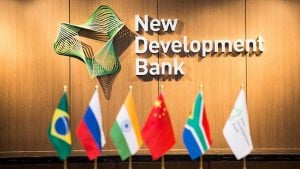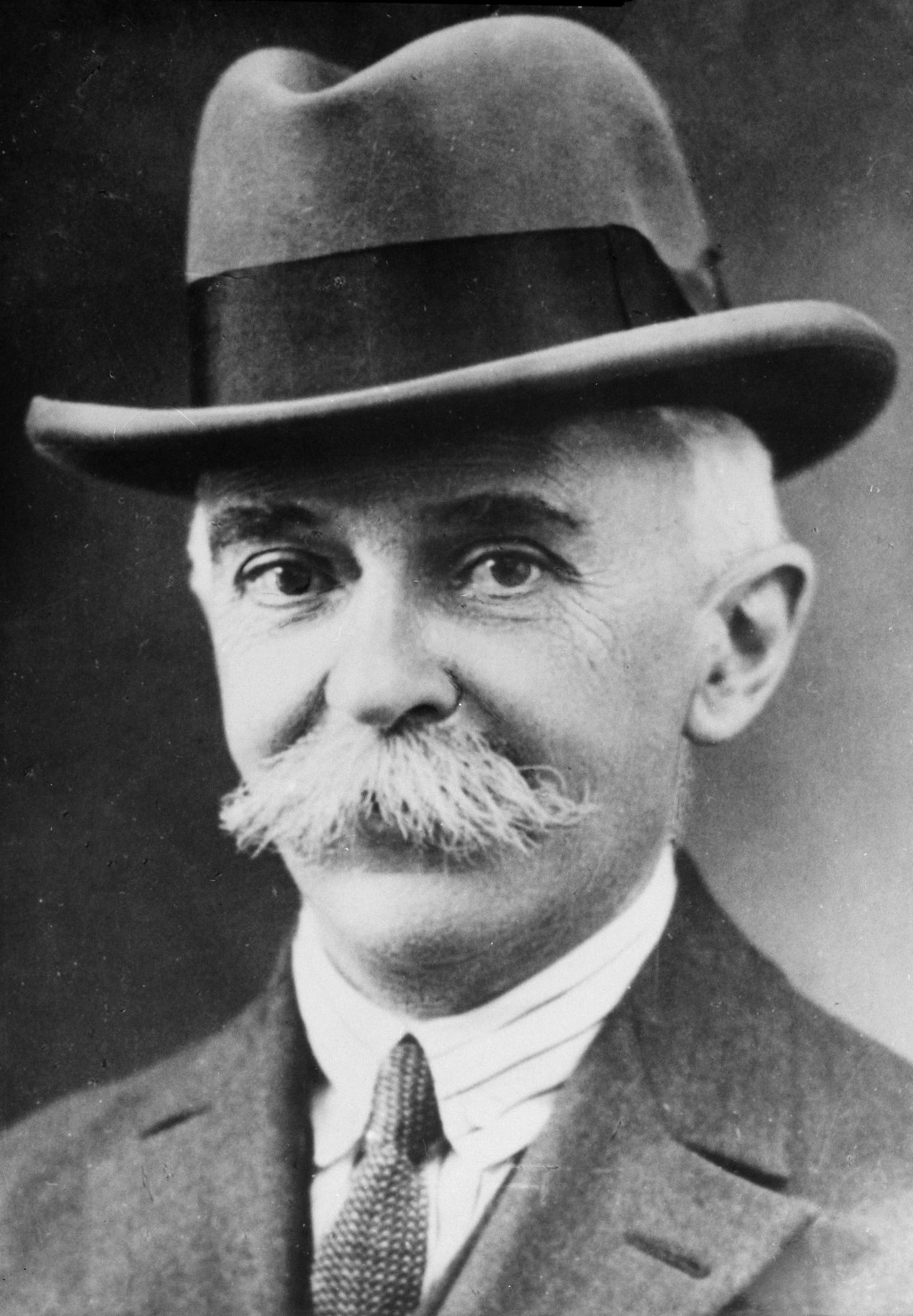American Healthcare: Corrupt, Broken and Lethal. “Politically and Morally Wrong, Health Care is A Human Right”
August 22nd, 2024 by Richard Gale
For a nation that prides itself on being the world’s wealthiest, most innovative and technologically advanced, the US’ healthcare system is nothing less than a disaster and disgrace. Not only are Americans the least healthy among the most developed nations, but the US’ health system ranks dead last among high-income countries. Despite rising costs and our unshakeable faith in American medical exceptionalism, average life expectancy in the US has remained lower than other OECD nations for many years and continues to decline. The United Nations recognizes healthcare as a human right. In 2018, former UN Secretary General Ban Ki-moon denounced the American healthcare system as “politically and morally wrong.”
During the pandemic it is estimated that two to three years was lost on average life expectancy. On the other hand, before the Covid-19 pandemic, countries with universal healthcare coverage found their average life expectancy stable or slowly increasing. The fundamental problem in the U.S. is that politics have been far too beholden to the pharmaceutical, HMO and private insurance industries. Neither party has made any concerted effort to reign in the corruption of corporate campaign funding and do what is sensible, financially feasible and morally correct to improve Americans’ quality of health and well-being.
The fact that our healthcare system is horribly broken is proof that moneyed interests have become so powerful to keep single-payer debate out of the media spotlight and censored. Poll after poll shows that the American public favors the expansion of public health coverage. Other incremental proposals, including Medicare and Medicaid buy-in plans, are also widely preferred to the Affordable Care Act or Obamacare mess we are currently stuck with.
It is not difficult to understand how the dismal state of American medicine is the result of a system that has been sold out to the free-market and the bottom line interests of drug makers and an inflated private insurance industry. How advanced and ethically sound can a healthcare system be if tens of millions of people have no access to medical care because it is financially out of their reach?
The figures speak for themselves. The U.S. is burdened with a $41 trillion Medicare liability. The number of uninsured has declined during the past several years but still lingers around 25 million. An additional 30-35 million are underinsured. There are currently 65 million Medicare enrollees and 89 million Medicaid recipients. This is an extremely unhealthy snapshot of the country’s ability to provide affordable healthcare and it is certainly unsustainable. The system is a public economic failure, benefiting no one except the large and increasingly consolidated insurance and pharmaceutical firms at the top that supervise the racket.
Our political parties have wrestled with single-payer or universal healthcare for decades. Obama ran his first 2008 presidential campaign on a single-payer platform. Since 1985, his campaign health adviser, the late Dr. Quentin Young from the University of Illinois Medical School, was one of the nation’s leading voices calling for universal health coverage.
During a private conversation with Dr. Young shortly before his passing in 2016, he conveyed his sense of betrayal at the hands of the Obama administration. Dr. Young was in his 80s when he joined the Obama campaign team to help lead the young Senator to victory on a promise that America would finally catch up with other nations. The doctor sounded defeated. He shared how he was manipulated, and that Obama held no sincere intention to make universal healthcare a part of his administration’s agenda. During the closed-door negotiations, which spawned the weak and compromised Affordable Care Act, Dr. Young was neither consulted nor invited to participate. In fact, he told us that he never heard from Obama again after his White House victory.
Past efforts to even raise the issue have been viciously attacked. A huge army of private interests is determined to keep the public enslaved to private insurers and high medical costs. The failure of our healthcare is in no small measure due to it being a fully for-profit operation. Last year, private health insurance accounted for 65 percent of coverage. Consider that there are over 900 private insurance companies in the US. National Health Expenditures (NHE) grew to $4.8 trillion in 2023, a 7.5 percent increase and outpacing GDP growth at 6.1 percent. Older corporate rank-and-file Democrats and Republicans argue that a single-payer or socialized medical program is unaffordable. However, not only is single-payer affordable, it will end bankruptcies due to unpayable medical debt. In addition, universal healthcare, structured on a preventative model, will reduce disease rates at the outset.
Corporate Democrats argue that Obama’s Affordable Care Act (ACA) was a positive step inching the country towards complete public coverage. However, aside from providing coverage to the poorest of Americans, Obamacare turned into another financial anchor around the necks of millions more. According to the health policy research group KFF, the average annual health insurance premium for single coverage is $8,400 and almost $24,000 for a family. In addition, patient out-of-pocket costs continue to increase, a 6.6% increase to $471 billion in 2022. Rather than healthcare spending falling, it has exploded, and the Trump and Biden administrations made matters worse.

From the introduction, “The report draws attention to the importance of health care delivery system reform and highlights the best practices of innovative models currently being used across the United States. This report also is an exercise in congressional oversight, tracking and evaluating the implementation of the delivery system reform provisions of the Patient Protection and Affordable Care Act by the Obama Administration.” (By Sheldon Whitehouse / Public Domain)
Clearly, a universal healthcare program will require flipping the script on the entire private insurance industry, which employed over half a million people last year. Obviously, the most volatile debate concerning a national universal healthcare system concerns cost. Although there is already a socialized healthcare system in place — every federal legislator, bureaucrat, government employee and veteran benefits from it — fiscal Republican conservatives and groups such as the Koch Brothers network are single-mindedly dedicated to preventing the expansion of Medicare and Medicaid. A Koch-funded Mercatus analysis made the outrageous claim that a single-payer system would increase federal health spending by $32 trillion in ten years. However, analyses and reviews by the Congressional Budget Office in the early 1990s concluded that such a system would only increase spending at the start; enormous savings would quickly offset it as the years pass. In one analysis, “the savings in administrative costs [10 percent of health spending] would be more than enough to offset the expense of universal coverage.”
Defenders of those advocating for funding a National Health Program argue this can primarily be accomplished by raising taxes to levels comparable to other developed nations. This was a platform Senator Bernie Sanders and some of the younger progressive Democrats in the House campaigned on. The strategy was to tax the highest multimillion-dollar earners 60-70 percent. Despite the outrage of its critics, including old rank-and-file multi-millionaire Democrats like Nancy Pelosi and Chuck Schumer, this is still far less than in the past. During the Korean War, the top tax rate was 91 percent; it declined to 70 percent in the late 1960s. Throughout most of the 1970s, those in the lowest income bracket were taxed at 14 percent. We are not advocating for this strategy because it ignores where the funding is going, and the corruption in the system that is contributing to exorbitant waste.
But Democratic supporters of the ACA who oppose a universal healthcare plan ignore the additional taxes Obama levied to pay for the program. These included surtaxes on investment income, Medicare taxes from those earning over $200,000, taxes on tanning services, an excise tax on medical equipment, and a 40 percent tax on health coverage for costs over the designated cap that applied to flexible savings and health savings accounts. The entire ACA was reckless, sloppy and unnecessarily complicated from the start.
The fact that Obamacare further strengthened the distinctions between two parallel systems — federal and private — with entirely different economic structures created a labyrinth of red tape, rules, and wasteful bureaucracy. Since the ACA went into effect, over 150 new boards, agencies and programs have had to be established to monitor its 2,700 pages of gibberish. A federal single-payer system would easily eliminate this bureaucracy and waste.
A medical New Deal to establish universal healthcare coverage is a decisive step in the correct direction. But we must look at the crisis holistically and in a systematic way. Simply shuffling private insurance into a federal Medicare-for-all or buy-in program, funded by taxing the wealthiest of citizens, would only temporarily reduce costs. It will neither curtail nor slash escalating disease rates e. Any effective healthcare reform must also tackle the underlying reasons for Americans’ poor state of health. We cannot shy away from examining the social illnesses infecting our entire free-market capitalist culture and its addiction to deregulation. A viable healthcare model would have to structurally transform how the medical economy operates. Finally, a successful medical New Deal must honestly evaluate the best and most reliable scientific evidence in order to effectively redirect public health spending.
For example, Dr. Ezekiel Emanuel, a former Obama healthcare adviser, observed that AIDS-HIV measures consume the most public health spending, even though the disease “ranked 75th on the list of diseases by personal health expenditures.” On the other hand, according to the American Medical Association, a large percentage of the nation’s $3.4 trillion healthcare spending goes towards treating preventable diseases, notably diabetes, common forms of heart disease, and back and neck pain conditions. In 2016, these three conditions were the most costly and accounted for approximately $277 billion in spending. Last year, the CDC announced the autism rate is now 1 in 36 children compared to 1 in 44 two years ago. A retracted study by Mark Blaxill, an autism activist at the Holland Center and a friend of the authors, estimates that ASD costs will reach $589 billion annually by 2030. There are no signs that this alarming trend will reverse and decline; and yet, our entire federal health system has failed to conscientiously investigate the underlying causes of this epidemic. All explanations that might interfere with the pharmaceutical industry’s unchecked growth, such as over-vaccination, are ignored and viciously discredited without any sound scientific evidence.
Image source
Therefore, a proper medical New Deal will require a systemic overhaul and reform of our federal health agencies, especially the HHS, CDC and FDA. Only the Robert Kennedy Jr presidential campaign is even addressing the crisis and has an inexpensive and comprehensive plan to deal with it. For any medical revolution to succeed in advancing universal healthcare, the plan must prioritize spending in a manner that serves public health and not private interests. It will also require reshuffling private corporate interests and their lobbyists to the sidelines, away from any strategic planning, in order to break up the private interests’ control over federal agencies and its revolving door policies. Aside from those who benefit from this medical corruption, the overwhelming majority of Americans would agree with this criticism. However, there is a complete lack of national trust that our legislators, including the so-called progressives, would be willing to undertake such actions.
In addition, America’s healthcare system ignores the single most critical initiative to reduce costs – that is, preventative efforts and programs instead of deregulation and closing loopholes designed to protect the drug and insurance industries’ bottom line. Prevention can begin with banning toxic chemicals that are proven health hazards associated with current disease epidemics, and it can begin by removing a 1,000-plus toxins already banned in Europe. This should be a no-brainer for any legislator who cares for public health. For example, Stacy Malkan, co-founder of the Campaign for Safe Cosmetics, notes that “the policy approach in the US and Europe is dramatically different” when it comes to chemical allowances in cosmetic products. Whereas the EU has banned 1,328 toxic substances from the cosmetic industry alone, the US has banned only 11. The US continues to allow carcinogenic formaldehyde, petroleum, forever chemicals, many parabens (an estrogen mimicker and endocrine hormone destroyer), the highly allergenic p-phenylenediamine or PBD, triclosan, which has been associated with the rise in antibiotic resistant bacteria, avobenzone, and many others to be used in cosmetics, sunscreens, shampoo and hair dyes.
Next, the food Americans consume can be reevaluated for its health benefits. There should be no hesitation to tax the unhealthiest foods, such as commercial junk food, sodas and candy relying on high fructose corn syrup, products that contain ingredients proven to be toxic, and meat products laden with dangerous chemicals including growth hormones and antibiotics. The scientific evidence that the average American diet is contributing to rising disease trends is indisputable. We could also implement additional taxes on the public advertising of these demonstrably unhealthy products. All such tax revenue would accrue to a national universal health program to offset medical expenditures associated with the very illnesses linked to these products. Although such tax measures would help pay for a new medical New Deal, it may be combined with programs to educate the public about healthy nutrition if it is to produce a reduction in the most common preventable diseases. In fact, comprehensive nutrition courses in medical schools should be mandatory because the average physician receives no education in this crucial subject. In addition, preventative health education should be mandatory throughout public school systems.
Private insurers force hospitals, clinics and private physicians into financial corners, and this is contributing to prodigious waste in money and resources. Annually, healthcare spending towards medical liability insurance costs tens of billions of dollars. In particular, this economic burden has taxed small clinics and physicians. It is well past the time that physician liability insurance is replaced with no-fault options. Today’s doctors are spending an inordinate amount of money to protect themselves. Legions of liability and trial lawyers seek big paydays for themselves stemming from physician error. This has created a culture of fear among doctors and hospitals, resulting in the overly cautious practice of defensive medicine, driving up costs and insurance premiums just to avoid lawsuits. Doctors are forced to order unnecessary tests and prescribe more medications and medical procedures just to cover their backsides. No-fault insurance is a common-sense plan that enables physicians to pursue their profession in a manner that will reduce iatrogenic injuries and costs. Individual cases requiring additional medical intervention and loss of income would still be compensated. This would generate huge savings.
No other nation suffers from the scourge of excessive drug price gouging like the US. After many years of haggling to lower prices and increase access to generic drugs, only a minute amount of progress has been made in recent years. A 60 Minutes feature about the Affordable Care Act reported an “orgy of lobbying and backroom deals in which just about everyone with a stake in the $3-trillion-a-year health industry came out ahead—except the taxpayers.” For example, Life Extension magazine reported that an antiviral cream (acyclovir), which had lost its patent protection, “was being sold to pharmacies for 7,500% over the active ingredient cost. The active ingredient (acyclovir) costs only 8 pennies, yet pharmacies are paying a generic maker $600 for this drug and selling it to consumers for around $700.” Other examples include the antibiotic Doxycycline. The price per pill averages 7 cents to $3.36 but has a 5,300 percent markup when it reaches the consumer. The antidepressant Clomipramine is marked up 3,780 percent, and the anti-hypertensive drug Captopril’s mark-up is 2,850 percent. And these are generic drugs!
Medication costs need to be dramatically cut to allow drug manufacturers a reasonable but not obscene profit margin. By capping profits approximately 100 percent above all costs, we would save our system hundreds of billions of dollars. Such a measure would also extirpate the growing corporate misdemeanors of pricing fraud, which forces patients to pay out-of-pocket in order to make up for the costs insurers are unwilling to pay.
Finally, we can acknowledge that our healthcare is fundamentally a despotic rationing system based upon high insurance costs vis-a-vis a toss of the dice to determine where a person sits on the economic ladder. For the past three decades it has contributed to inequality. The present insurance-based economic metrics cast millions of Americans out of coverage because private insurance costs are beyond their means. Uwe Reinhardt, a Princeton University political economist, has called our system “brutal” because it “rations [people] out of the system.” He defined rationing as “withholding something from someone that is beneficial.” Discriminatory healthcare rationing now affects upwards to 60 million people who have been either priced out of the system or under insured. They make too much to qualify for Medicare under Obamacare, yet earn far too little to afford private insurance costs and premiums. In the final analysis, the entire system is discriminatory and predatory.
However, we must be realistic. Almost every member of Congress has benefited from Big Pharma and private insurance lobbyists. The only way to begin to bring our healthcare program up to the level of a truly developed nation is to remove the drug industry’s rampant and unnecessary profiteering from the equation.
*
Click the share button below to email/forward this article to your friends and colleagues. Follow us on Instagram and Twitter and subscribe to our Telegram Channel. Feel free to repost and share widely Global Research articles.
One Month Before Global Research’s Anniversary
Richard Gale is the Executive Producer of the Progressive Radio Network and a former Senior Research Analyst in the biotechnology and genomic industries.
Dr. Gary Null is host of the nation’s longest running public radio program on alternative and nutritional health and a multi-award-winning documentary film director, including his recent Last Call to Tomorrow.
They are regular contributors to Global Research.
Featured image source



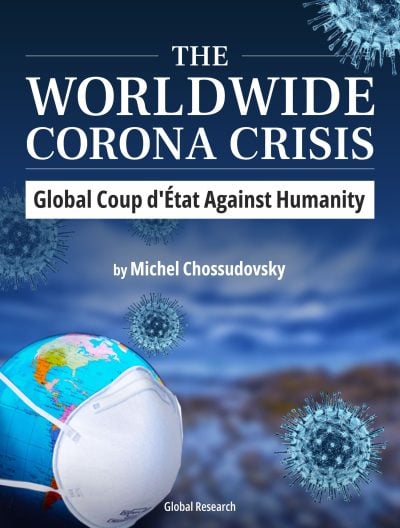 The Worldwide Corona Crisis, Global Coup d’Etat Against Humanity
The Worldwide Corona Crisis, Global Coup d’Etat Against Humanity





 Carter. Atualmente, tem como
Carter. Atualmente, tem como 



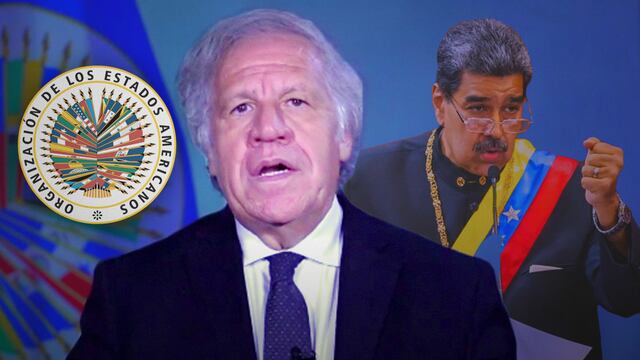






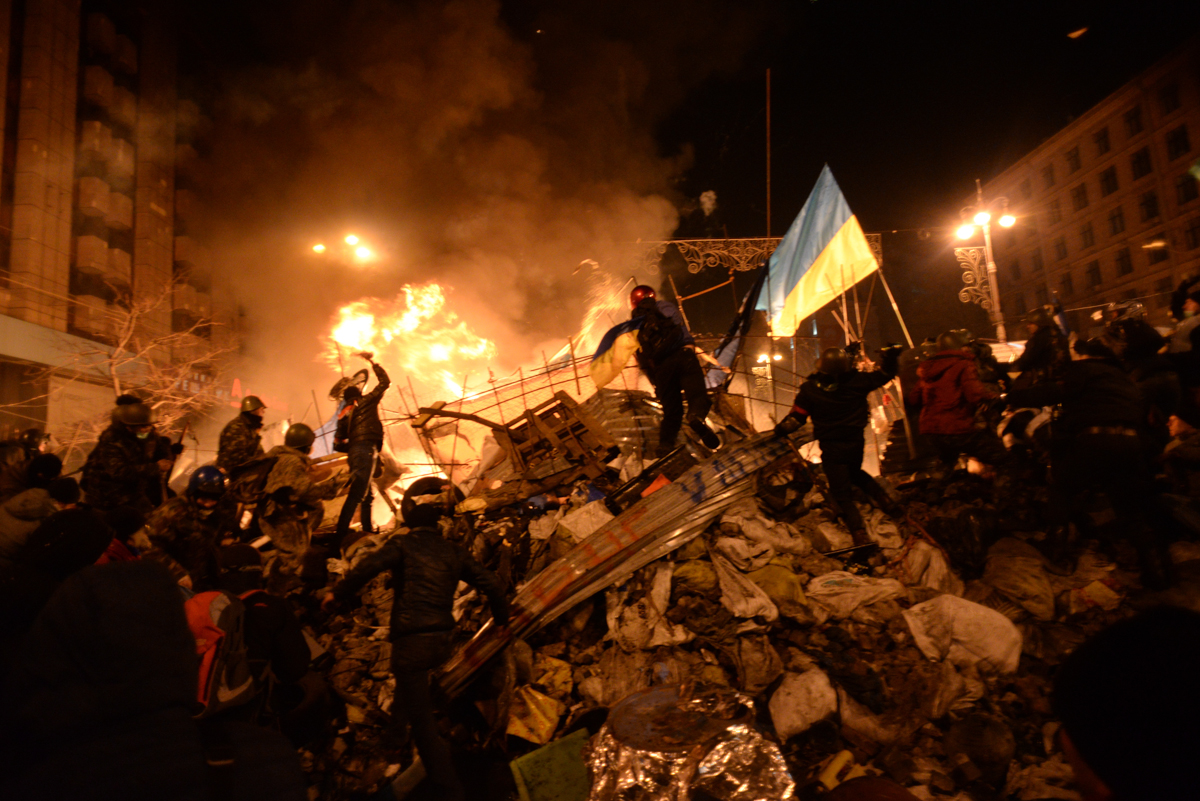








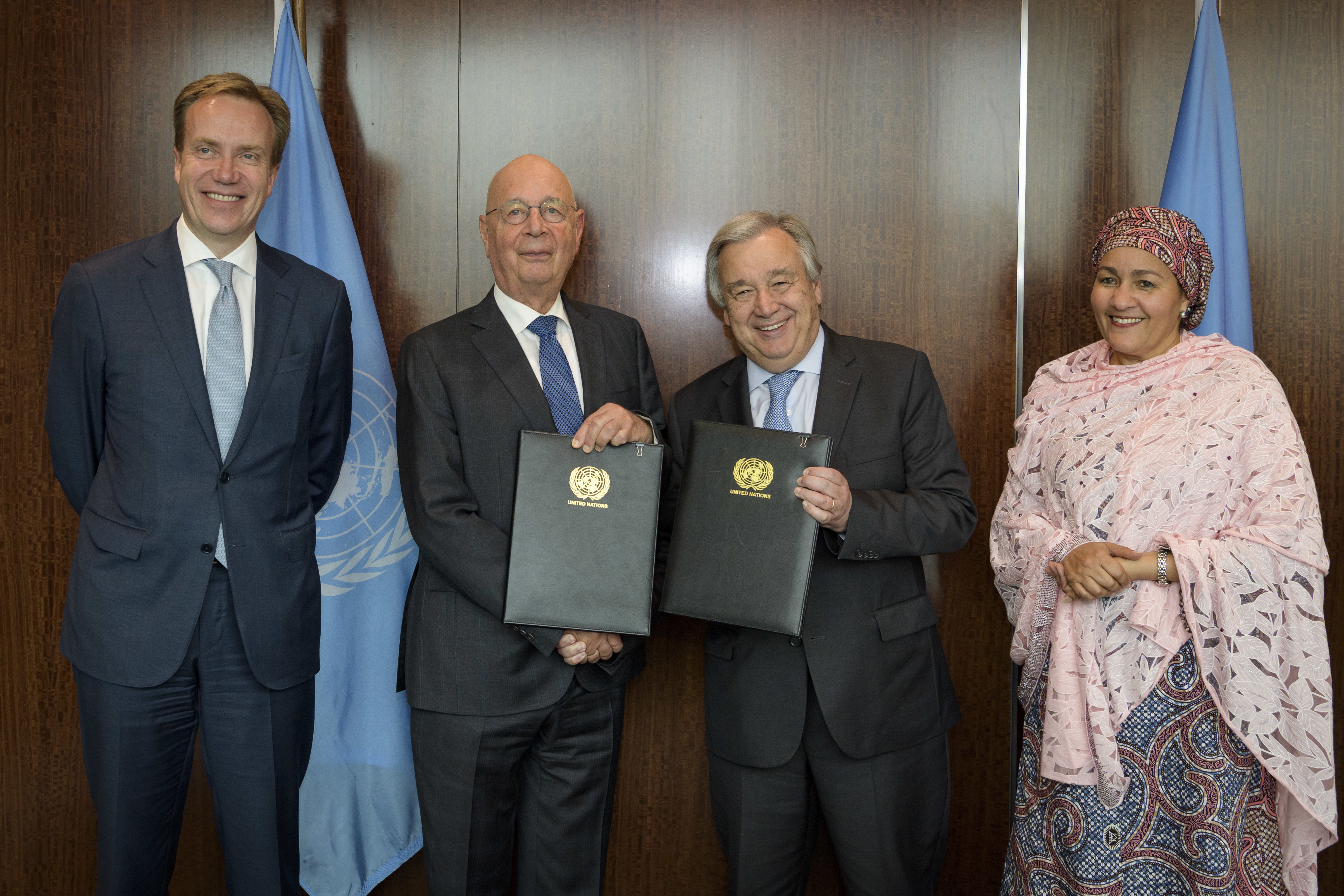
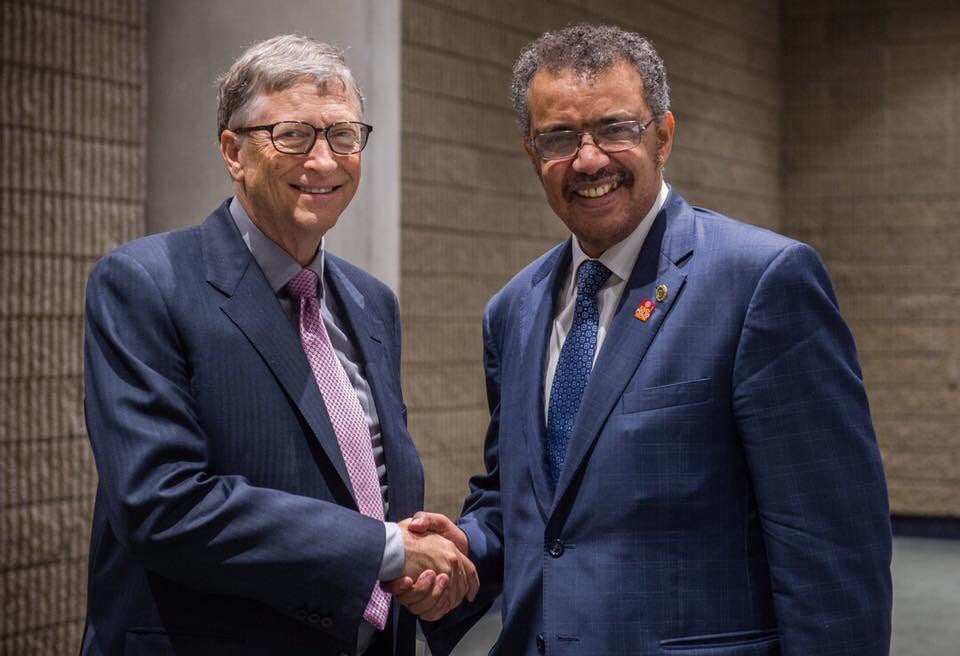






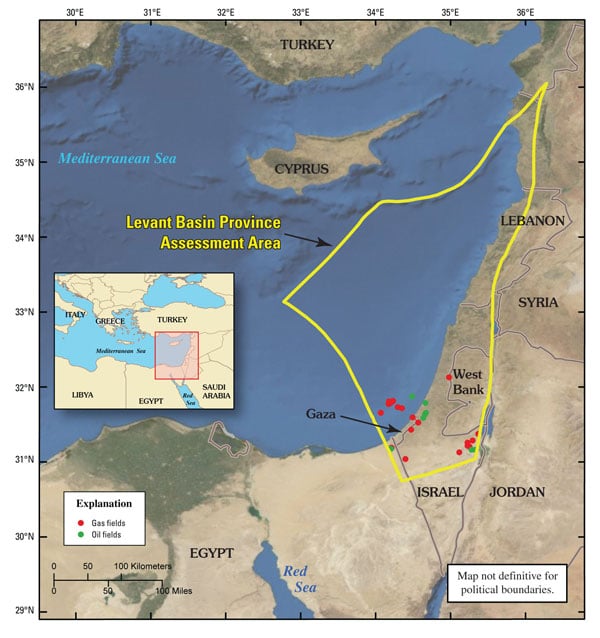
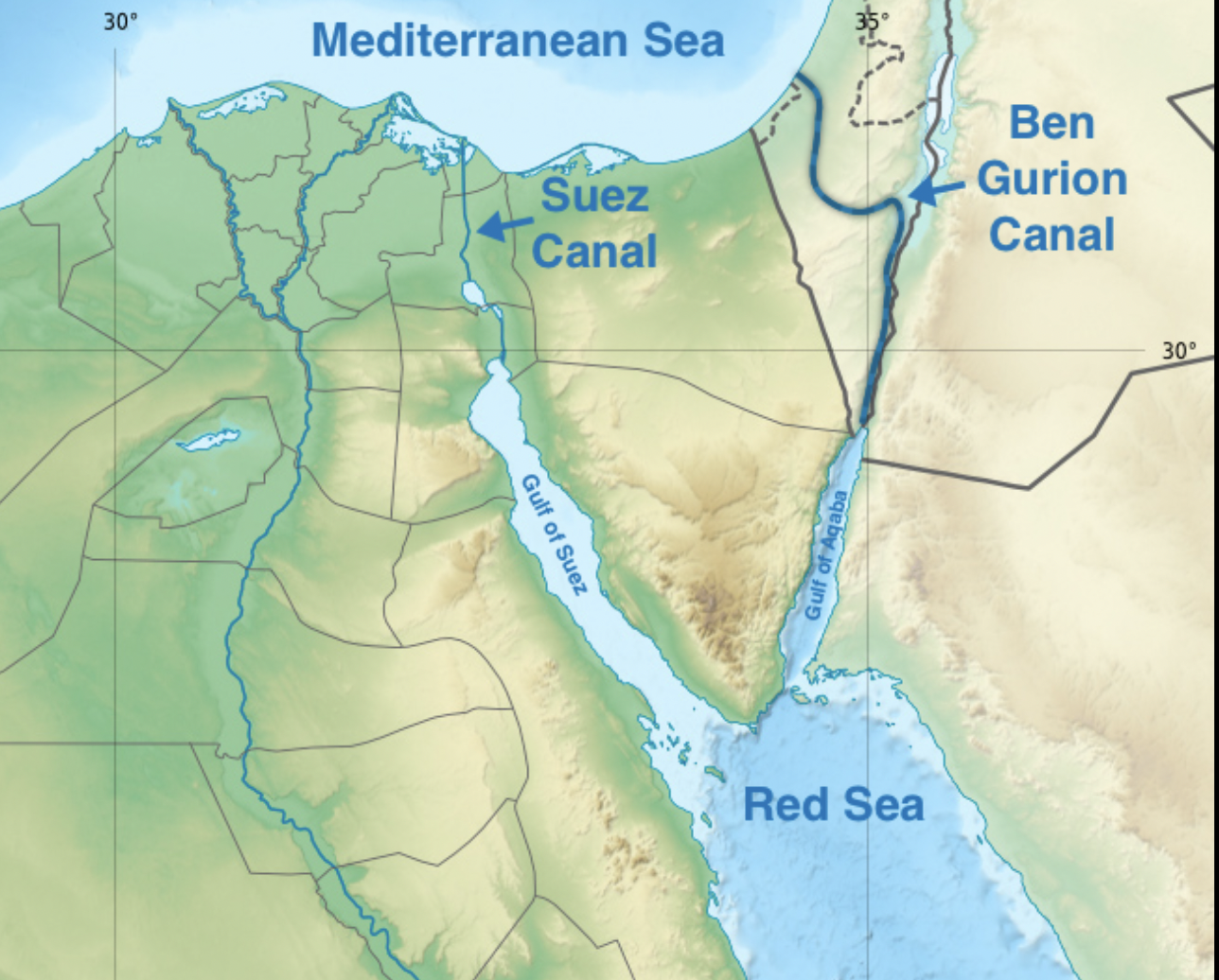






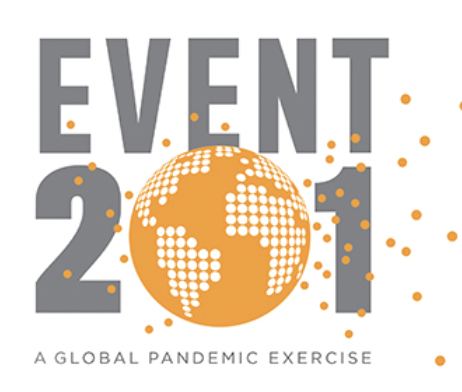









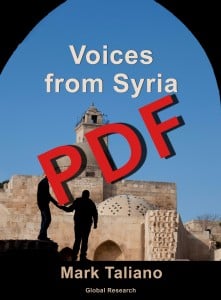
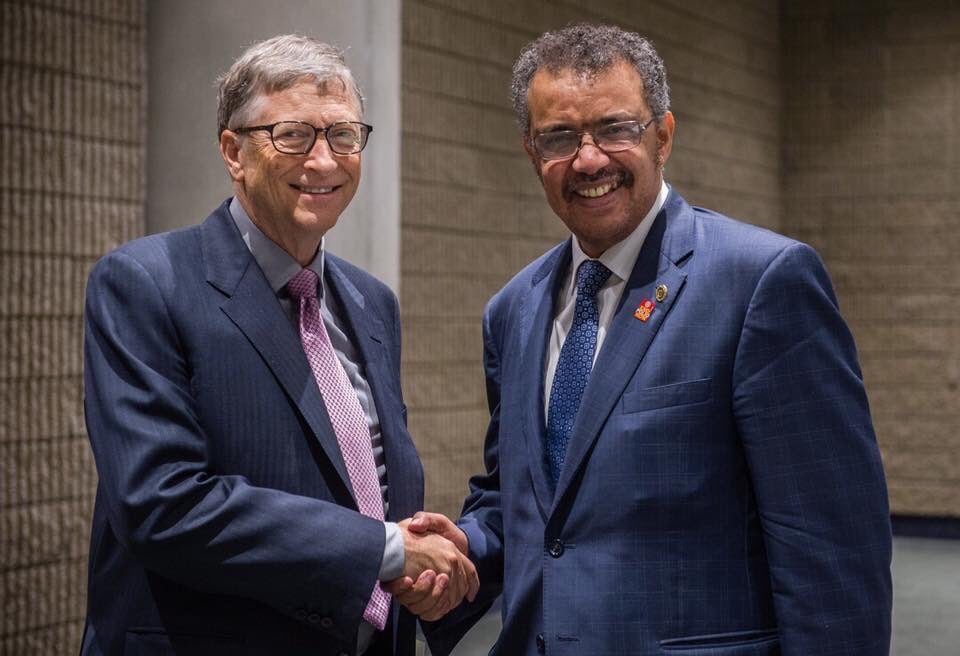




 Dr. Tedros “is at it again”.
Dr. Tedros “is at it again”.






